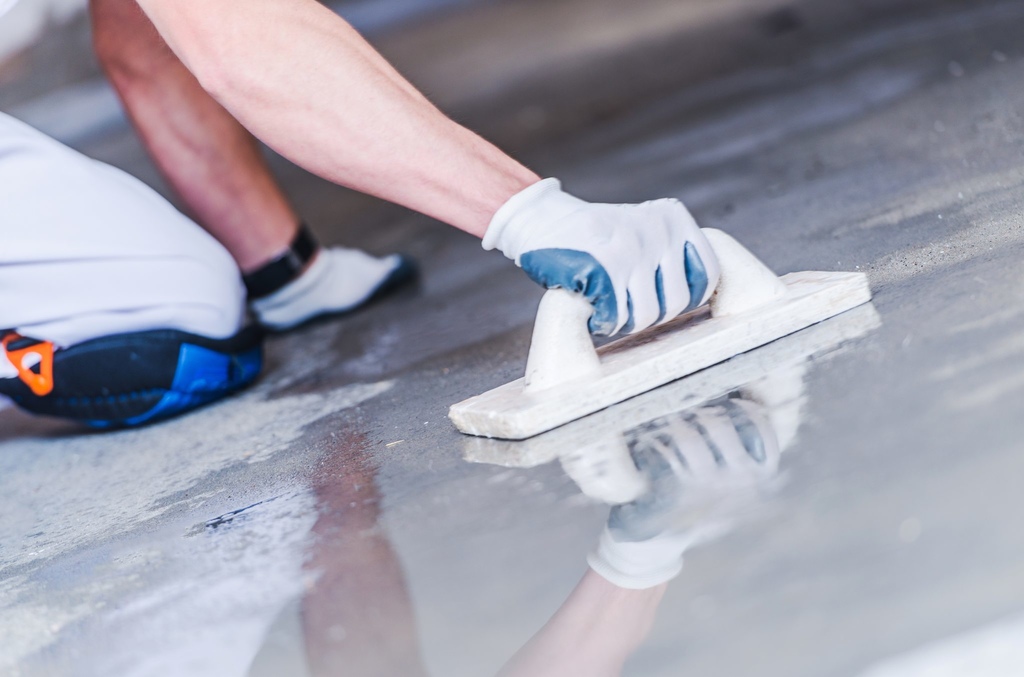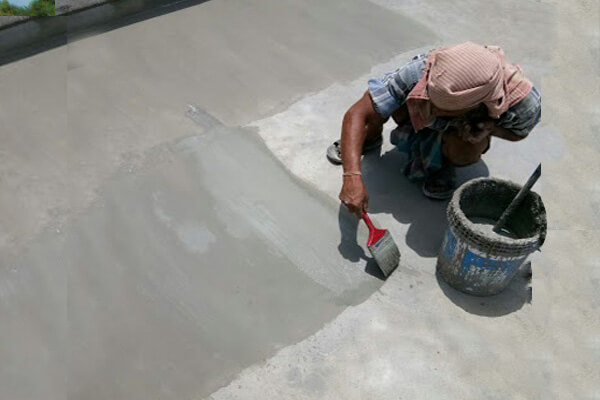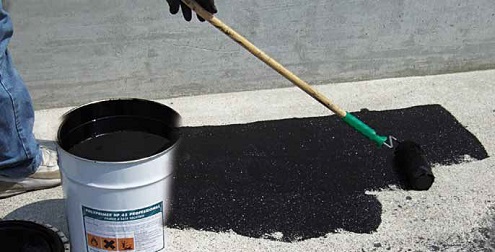5 Waterproofing solution you must consider!
Why should you use waterproofing solution?
Nothing is
annoying as having a house that is damp and leaking water from wall side
and floor. Let’s go through 5 important types waterproofing solution that
you will need to consider before when trying and decide what to use.
- Cementitious
Waterproofing.
- Liquid
Waterproofing Membrane.
- Bituminous
Coating Waterproofing.
- Bituminous
Membrane Waterproofing.
- Polyurethane
Liquid Membrane Waterproofing.
Above methods are the mainly
used in construction industry for the purpose of waterproofing solution. What
your contractor used must be one of the above methods. So, let’s get you versed
before your contractor throws around the above terms as technical.
Cementitious Waterproofing
This is the simplest
approach since the components are readily accessible from masonry component
manufacturers. Furthermore, they are simple to blend and apply in internal wet
areas such as toilets. That being said, since it is not exposed to weathering and
sunshine, this approach does not go through the contracting and expansion
process.
A cementitious
waterproofing process can be used for waterproof deck coatings in bridges,
dams, sewage and water treatment facilities, and tunnels.
The only drawback would
be that cementitious materials have little give, most likely because cement
does not extend to any significant extent. They can withstand a flow of water
perfectly, but can withstand virtually no joint or cracking motion.
Cementitious
waterproofing is used in the systems mentioned below:
·
Plants for Water Treatment
·
Plants for Sewage Treatment
·
Overpasses
·
Dams are structures that hold
water.
·
Subway and railway systems
·
Ports and Docks for Marine
Cargo
·
Concrete dykes and river
locks/channels
·
Structures and lots for
parking
·
Tunnels are a kind of
underground passageway.
Liquid Waterproofing Membrane
A primer coat is added
first, followed by a pair of top coats applied with a brush, spray, or trowel.
As a comparison to cementitious waterproofing, which provides greater
stability. This is due to the fact that as the solvent cures, it forms a
rubbery layer on your wall.
In particular, the
elastic fibers properties of such a system will go up to 280 percent. Even so,
it can be determined by the form of polymer used by the producer to apply
liquid waterproofing.
To increase strength
properties, such coating systems are usually strengthened with supplementary
items such like glass-reinforced plastic.
The liquid waterproofing
process is a cost-effective way to waterproof a new or current structure.
Dependent on the coating device used, it will have up to 25 years of service.
In refurbishment cases, liquid roofing is projected to be 70% less costly than
total roof replacement.
Bituminous Coating Waterproofing
Bituminous coating is a
form of protective layer which is used for waterproofing. That's an outstanding
protective coat and water resistance product, particularly on foundation wall
surfaces.
Even so, when subjected, to the sun the bitumen-based products in this form of coating alternative may not be suitable. It's attributable to the fact that it gets porous and unstable over time. Users can make it much more compact by using acrylic or polyurethane-based polymers.
Bituminous Membrane Waterproofing
Bituminous membrane
waterproofing is a common solution for low-sloped roofs due to its validated
efficiency.
If you choose to use a
waterproof deck covering, this is the way to choose for its tested success on
low-sloped roofs. Because of the combination of tar, resin, and polymeric
materials, that is self-adhesion. Thirdly, some oils and resins have been
applied to enhance adhesion.
Also on membrane, there
are both protected and uncovered torch forms. Due to the mineral granular
aggregate, the exposed form can survive the wear and tear of the weathering
process.
Polyurethane Liquid Membrane Waterproofing
Polyurethane is comprised
of two parts: the foundation and the reactor. Polyol forms the basis, and
isocyanide serves as the reactor portion. A liquid coating for waterproofing
applications is created by combining all of these in a complex design ratio.
This polyurethane process requires
less expertise and monitoring than other waterproofing systems such as sheet
membranes and liquid applied membranes. The process is fast, and this method of
procedure can also be used after building.
Conclusion
So with above
information, you are well equipped to determine the best waterproofing solution
that will suit your project. Visit your nearest Hardware store or an online store
for enquiry you may have.








Comments
Post a Comment